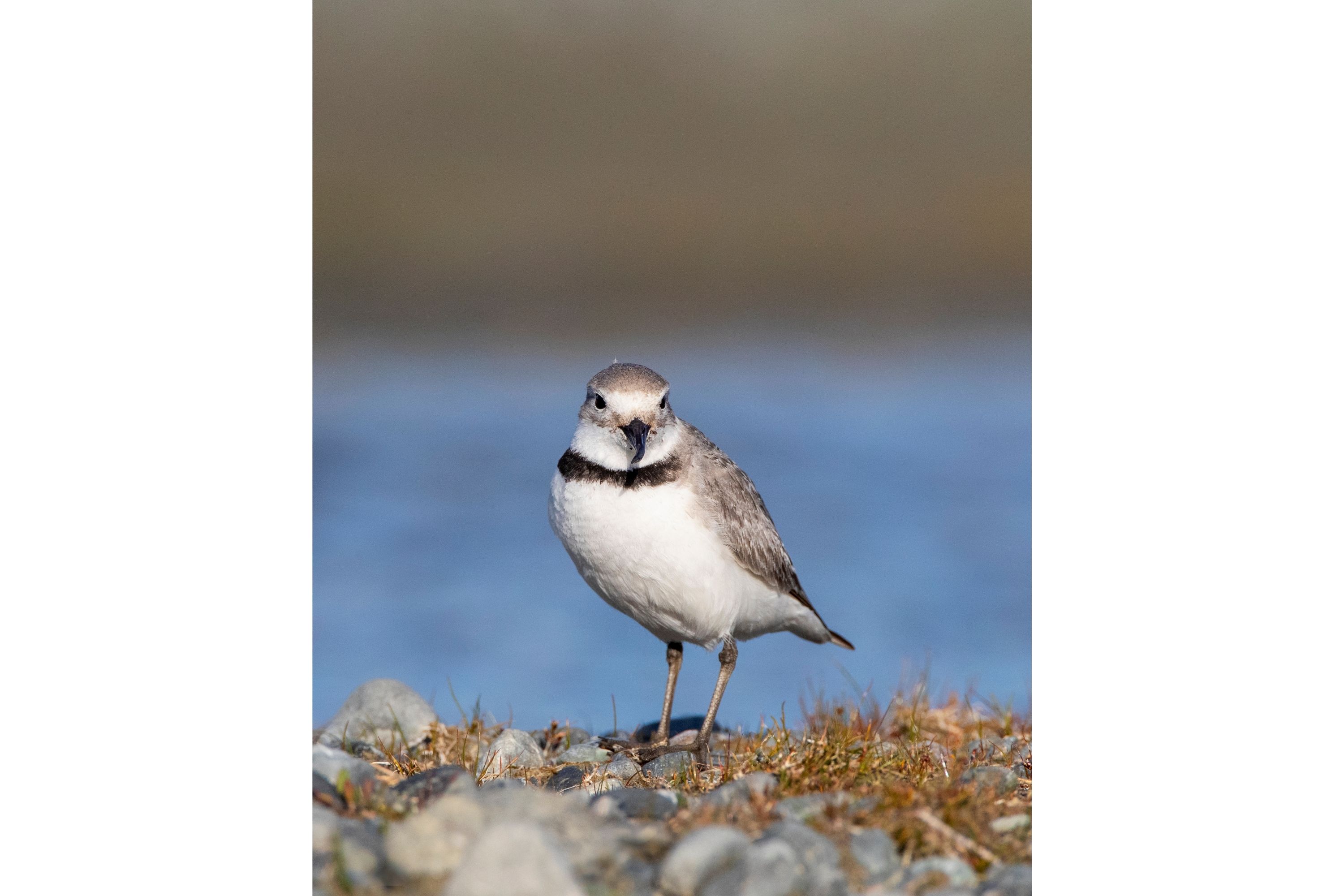Wrybill
(Anarhynchus frontalis)

Description
The wrybill or (in Māori) ngutuparore (Anarhynchus frontalis) is a species of plover endemic to New Zealand. It is the only species of bird in the world with a beak that is bent sideways in one direction, always to the right (in the crossbills, e.g. Loxia pytyopsittacus, the tips of the upper and lower mandibles cross because they are bent sideways in opposite directions, sometimes left over right and sometimes right over left). A 2015 study found it to be within the Charadrius clade, with other New Zealand plovers its closest relatives; the nearest being the New Zealand dotterel or New Zealand plover (Charadrius obscurus), and then the double-banded plover or banded dotterel (Charadrius bicinctus). It lays its eggs among the rocks along rivers and distracts intruders by pretending to be in distress and moving away from its clutch. It is rated as vulnerable on the International Union for Conservation of Nature (IUCN)'s Red List of Threatened Species. The wrybill is a small, plump plover, measuring 20 to 21 cm (7.9–8.3 in) in length and weighing between 43 and 71 g (1.5–2.5 oz). The plumage is slightly sexually dimorphic. The male has a white forehead and pale grey crown, nape, back, wings and tail and a white throat, breast, belly and rump, with a thin black band across the breast. This band is thinner in the female, and much less distinct in both sexes in the non-breeding season. The other difference between the sexes is a small black bar between the white forehead and the grey crown, which is present in the males but not the females. As with the breast band it is reduced in the non-breeding season. The most distinctive feature of the bird is the long black bill, which is always curved to the right. The wrybill is the only species of bird with an asymmetrically turned bill. The eggs are very pale grey and covered with very small brown spots which blend in very well to the surrounding shingle As well as the eggs being very well camouflaged, the adult birds and chicks are very difficult to see when they are standing still. Chicks are very pale grey on upper half of body with black speckles and white on lower half of body grey. The wrybill's voice has been described as a short weet when in flight and used to signal alarm, and a harsher call is used to signal greater alarm. A chirring sound is used to challenge an aggressor. Fledglings and juveniles have a high-pitched short peep.
Taxonomic tree:







